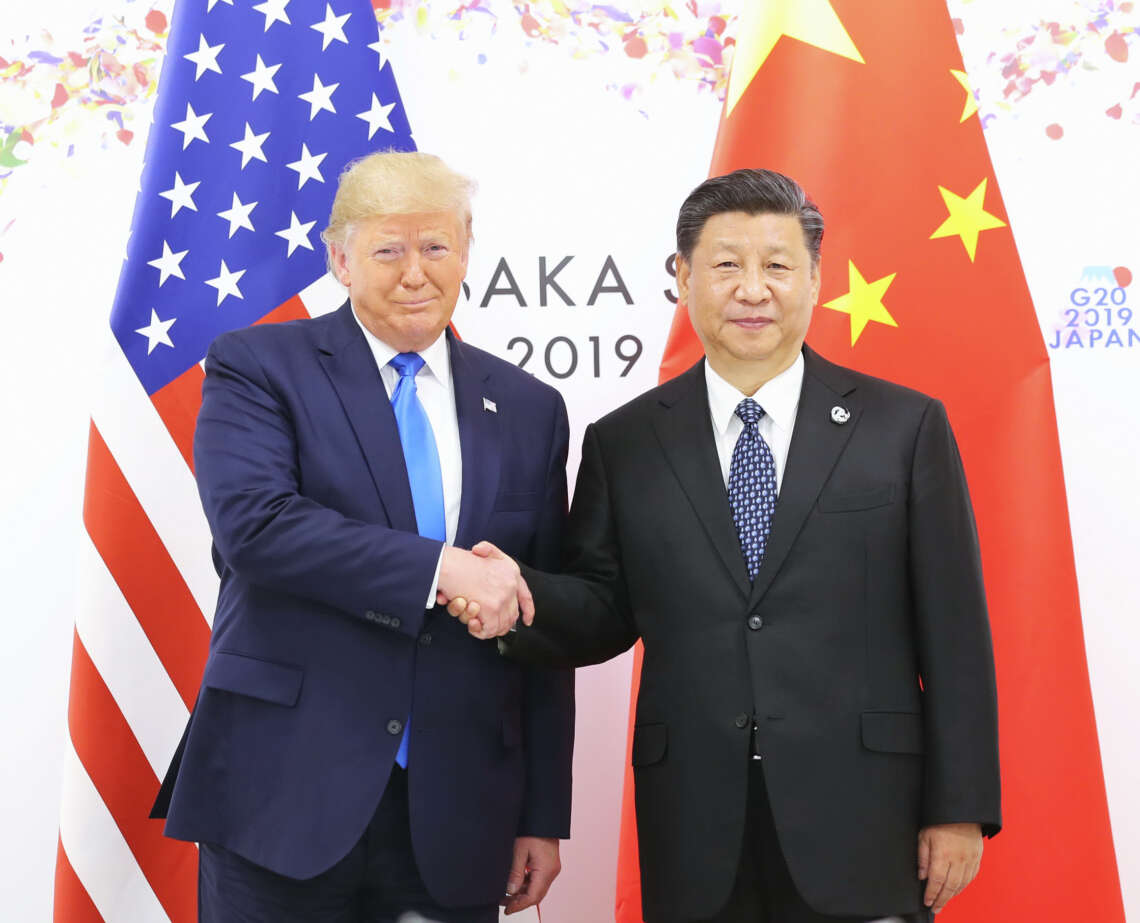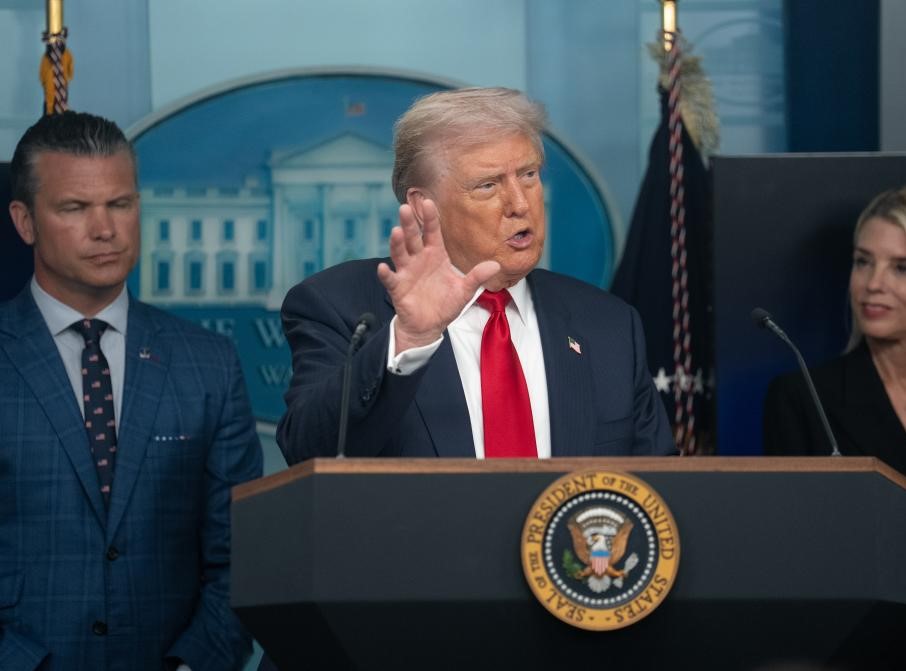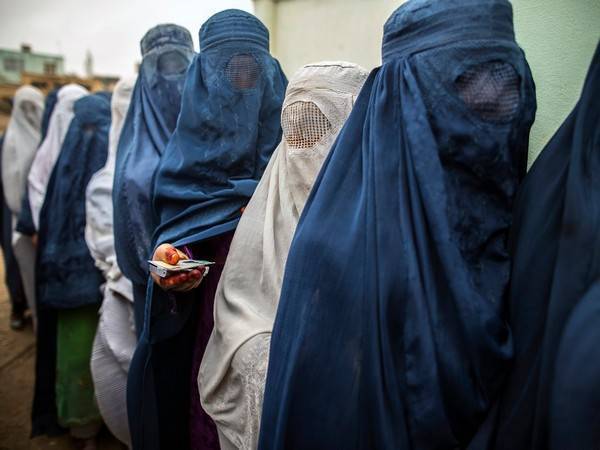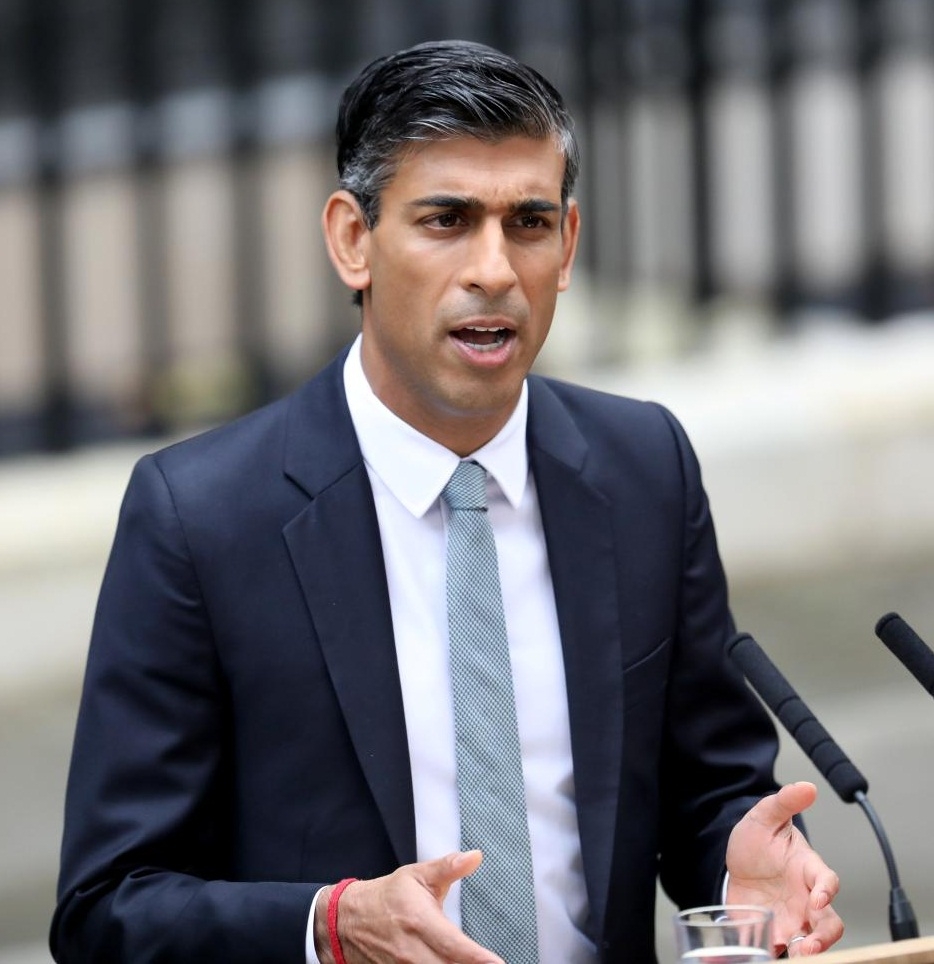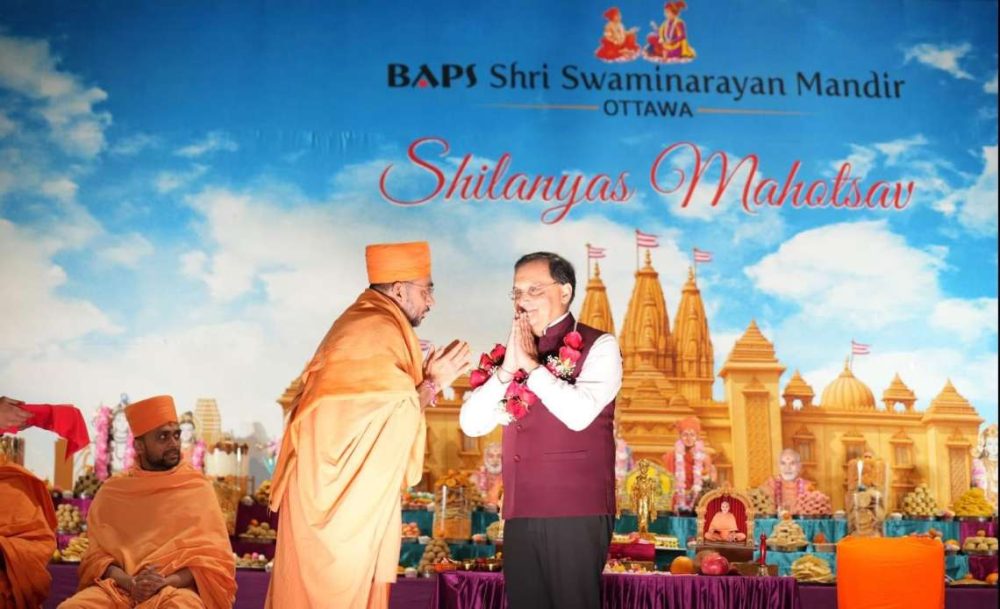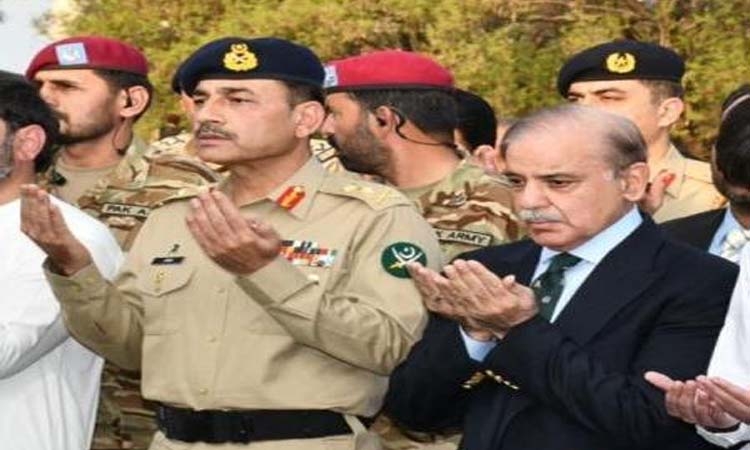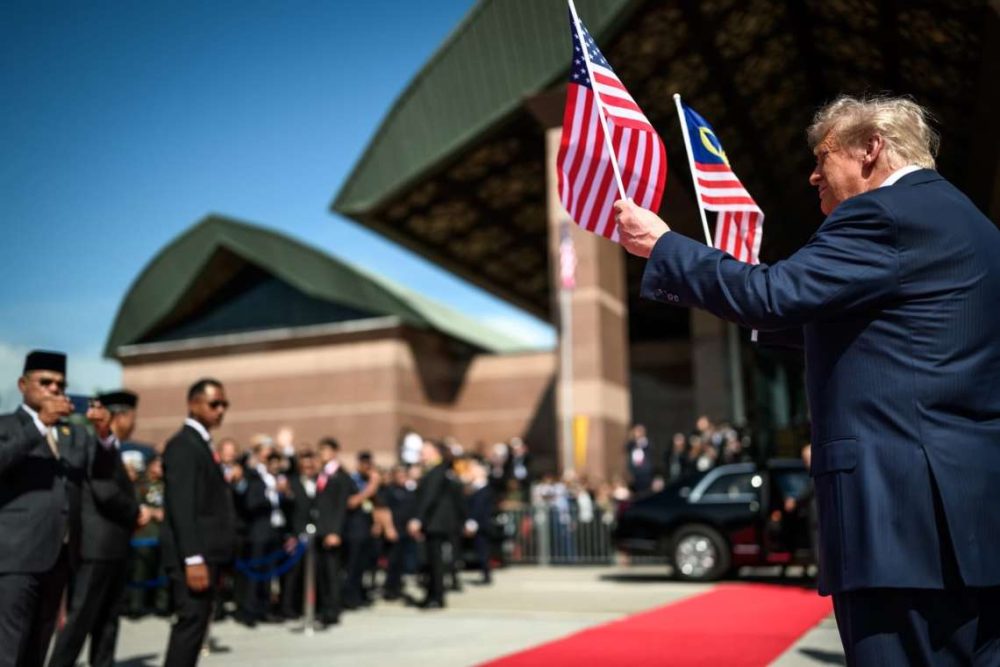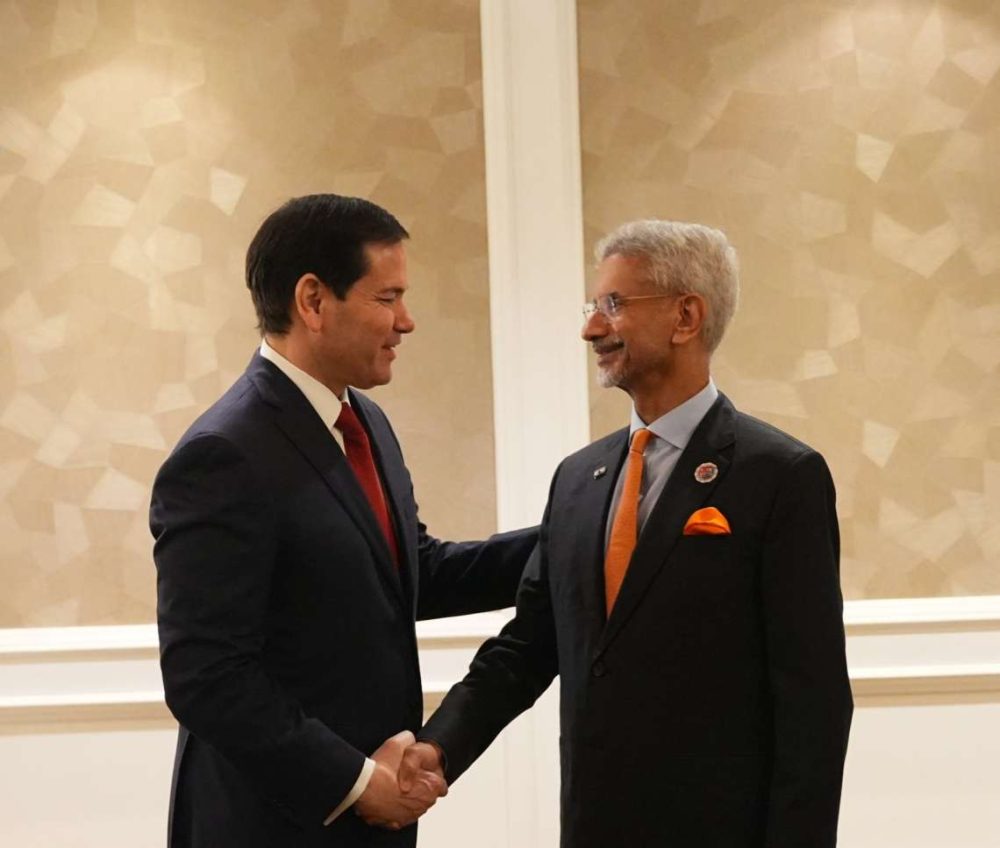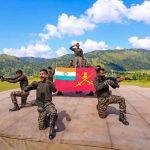An FTA between India and Taiwan could open the way for TSMC among others in relocating some of its factories to India. Such a shift would be a nightmare for the CCP leadership, writes Prof. Madhav Das Nalapat
Given that pork is the favourite dish of many people in China, it is small wonder that Xi Jinping has emerged as an enthusiastic practitioner of what may be termed as sub-critical conventional and asymmetric attacks against India and Taiwan. During previous regimes, “salami slicing” was carried out at regular intervals, with a lack of response from the Indian side. During those times, military officers who went along with the pacifist instincts of the civilian leadership were given more consideration in matters of placement than officers who were energetic in fighting back against PLA efforts at slicing away territory.
Amazingly, the newly re-built Daulet Beg Oldi airfield was ordered to be shut down by the previous government. The file concerning this decision needs to be made public, so that the politicians and officials guilty of such a dereliction of duty towards the nation get identified. Military historian Shiv Kunal Verma has mentioned about a confidential proposal to South Block in 2005 by US President George W. Bush. This was that India withdraw from Siachen so that the generals in Rawalpindi (to whom he had outsourced much of the war against the Taliban in Afghanistan) could be appeased. During that period, this columnist was warned from within the government about this attempted sellout.
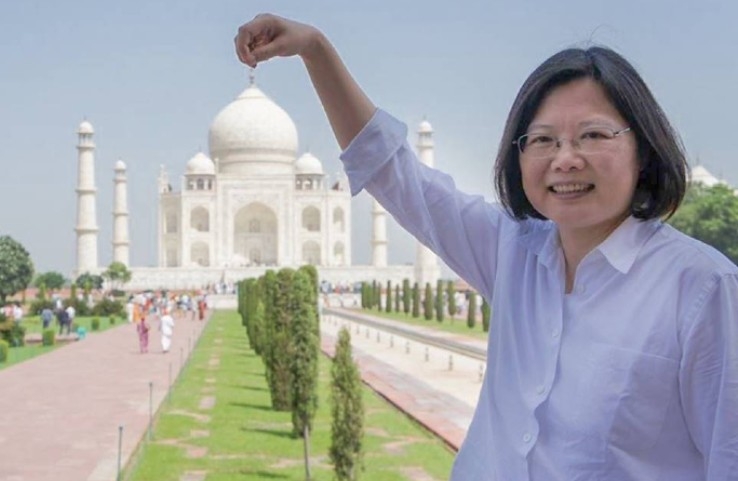
This was by those in the governance system who were more committed to the territorial integrity of India than their political superiors during that period. During the months that the White House sought to arm-twist Prime Minister Manmohan Singh into ordering a withdrawal from Siachen, this columnist issued a warning through the columns of Organiser about the impending sellout. He also met the US Charge-d’Affaires at the US Embassy to warn that were Prime Minister Singh to succumb to such pressures, not only would India-US relations hit a long, deep trough but that the PM himself would have to face multitudes of citizens eager to hold him accountable for treason.
Fortunately for the country, better sense prevailed in South Block and the US pressure to leave Siachen went unheeded. Had Manmohan Singh been to a greater extent the actual rather than the virtual Prime Minister of India, this man of intellect and drive would have had a stellar record of transformation of India.
Thanks to the military, it has proven a challenge these days for the PLA to cut away slices of territory from control by India or Bhutan. At Doklam in 2017, Galwan in 2020 and Yangtze in 2022, Prime Minister Narendra Modi gave freedom to the armed forces to repulse PLA efforts at chipping away at the territory of the Republic of India. The Modi government also rescued the DBO airstrip from shutdown, as well as opened up several other previously defunct airfields throughout the India-Tibet border. In addition, roads and fortifications were built that would be essential in repulsing any future PLA attack on borders that have deliberately been kept undefined by the CCP leadership.
It is not a question of whether a large-scale attack on the Sino-Indian border will come from the PLA but when. CCP propagandists in Taiwan, Japan and South Korea incessantly claim that relocating industrial facilities to India from China would be at risk from the PLA. The truth is that only some border areas would be affected even in a 1962-magnitude attack, given the present-day nuclear, conventional and asymmetric retaliatory capability of India. Investments by foreign countries would be much safer in India than they are proving to be in Xi’s China. Since 2014, India has been getting better prepared militarily to deal with such a threat.
Now comes Taiwan, the other country in the Indo-Pacific that is at an elevated risk of a fullscope PLA attack. Since his tenure in the PRC’s highest office of Jiang Zemin, the CCP has sought to make the PRC the only back office and manufactory of Taiwan, a process boosted enormously by the Economic Cooperation Framework Agreement (ECFA) signed in 2010 between Taipei and Beijing. Especially since the Covid-19 pandemic, influence operations of the CCP have been working overtime in multiple countries in order to prevent any large economy from signing a Free Trade Agreement (FTA) with Taiwan.
Were an FTA to be signed between Taiwan and India, the PRC would lose much of the benefits it gained from ECFA. General Secretary Xi is unworried about India’s signing an FTA with the UAE or the UK, as neither poses a threat to the Chinese manufacturing base in the manner that an FTA between India and Taiwan would. Such a move could open the way for TSMC among others to follow Foxconn in relocating some of its factories to India. Such a shift would be a nightmare for the CCP leadership. Small wonder that in Taiwan, there are shrill dog whistles from the Communist Chinese influence network about “India being unsafe for foreign investment” because of governance, labour, societal or kinetic issues.
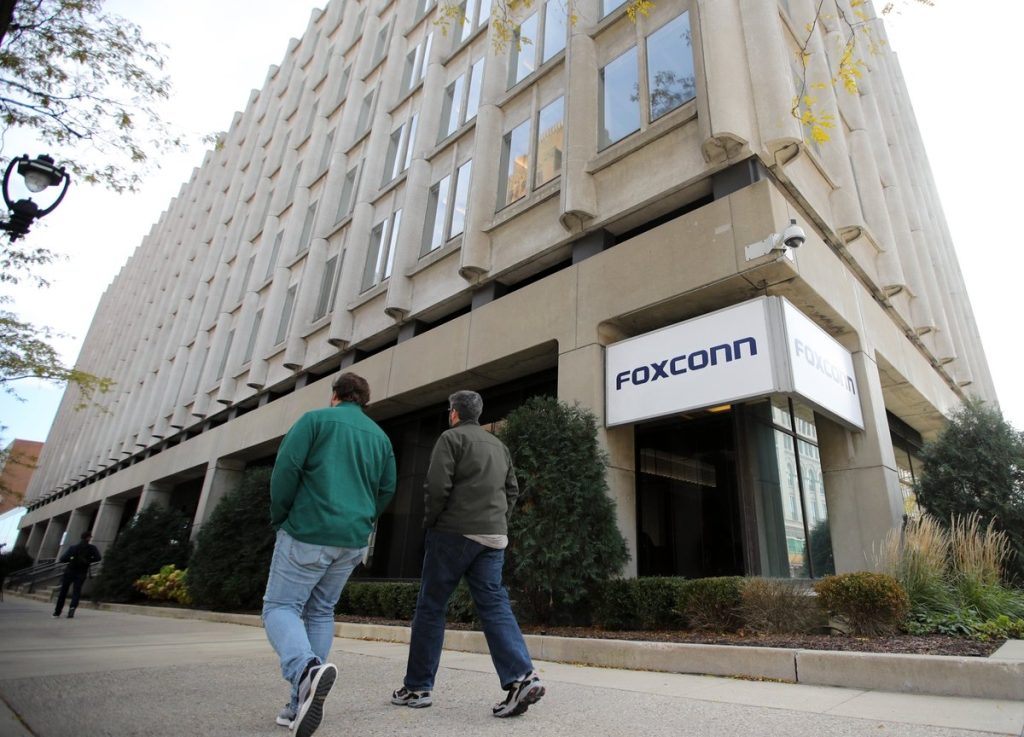
Unfortunately for Xi, more and more Taiwanese are seeing through such efforts at deception, and are looking at India while considering relocation from the PRC, a country that is the greatest threat by far to their country. Given the concessions likely to be made to India by Taiwan in the service sector, inevitable as a consequence of our country’s First Mover advantage, an FTA between the two democracies most at risk from the PRC could open the door to more than USD 300 billion of Taiwanese investment into (a) manufacturing in India, (b) export of services and an explosion of synergy between their Information Technology and IT hardware sectors.
There are a few in think tanks that are influential in South and North Blocks that get the wrong answer because they have a habit of asking the wrong questions. Among these are why India should not wait until a US-Taiwan FTA has been signed. That question ignores the reality that tariffs between Taiwan and the US are 5% or in most case, below this level. Such rates have ensured a de facto ECFA between Washington and Taipei, a fact overlooked by many in the world’s biggest democracy.
Whether de facto or de jure, an India-Taiwan FTA needs to be a priority in 2023 for both sides. During his third 5-year term, CCP General Secretary Xi is struggling to showcase achievements that could be used by him to justify a fourth term, especially in the military sphere. Which is why it is necessary for the principal targets of Xi’s malevolent attentions (such as the US, Japan, India and Taiwan) to work together to repel his expansionist moves. Such is the reality that more and more legislators in the US, the EU, the UK, Japan, South Korea and India are increasingly understanding.



